Wilson's Creek National Battlefield
Introduction
Text-to-speech Audio
Wilson's Creek National Battlefield offers many recreational activities, ranging from historical reenactments, hiking trails, as well as historical artifacts and buildings dating back to the famous battle. One of the major shining stars of the park is its sturdy Ray family house. With free admission, visitors can physically walk through the house as a guide shares the history of the battle and the importance of the Ray house. The Battle of Wilson's Creek took place on Aug. 10, 1861, and was the first major battle west of the Mississippi River. It was the second major battle of the Civil War taking place shortly after the First Battle of Bull Run (Manassas) on July 21, 1861. The battle had a significant outcome on the way future operations were ran in Missouri and the state being divided much like the country.
Images
Wilson's Creek National Battlefield Sign at entrance
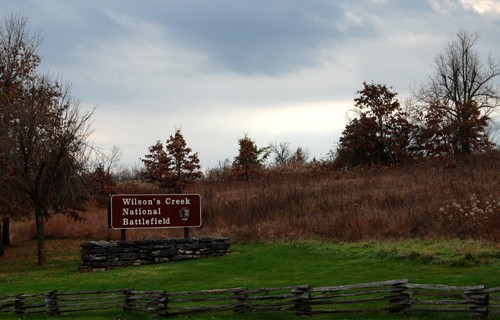
Missouri's Pro-secessionist governor from Fayette clique.
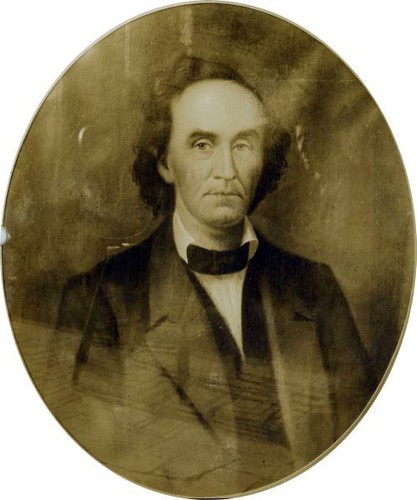
Former Governor of Missouri and Missouri State Guard (Confederate) commander Maj. Gen. Sterling Price
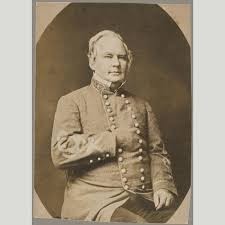
Camp Jackson, Missouri state militia gathered in an effort to overrun the Liberty Arsenal in St. Louis
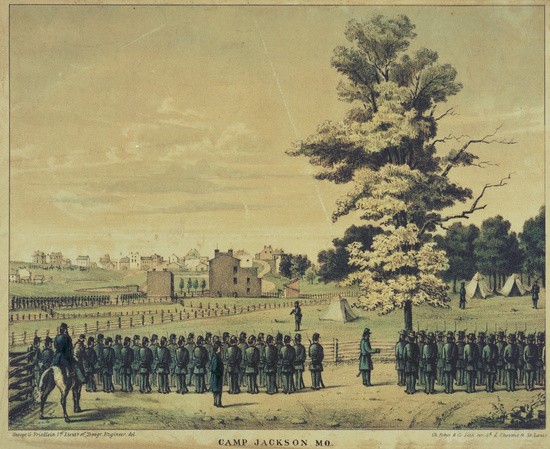
Liberty Arsenal in St. Louis

Planter House Hotel St. Louis, site of famous Planter House Meeting between Gov. Jackson, Gen. Price (secessionists) Francis Blair, Capt. Nathaniel Lyon (Unionists) to discuss Missouri's status.
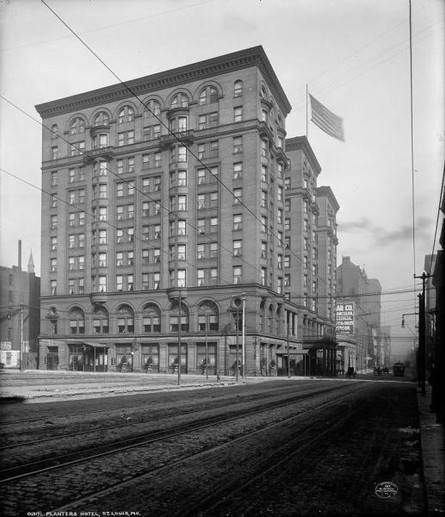
Brig. Gen. Ben McCulloch, commander Confederate Regular forces at Wilson's Creek.
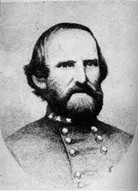
Brig Gen. Nathaniel Lyon, commander Army of the West Union forces at Wilson's Creek, first Union General killed in the Civil War.
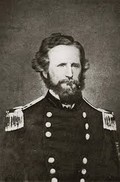
Col. Franz Sigel, German imigrant, failed to recognize 3rd Louisiana as Confederates, was overrun and helped lead to the Union defeat at Wilson's Creek.
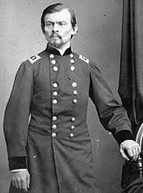
Bloody Hill, site of the bloodiest fighting of the battle. Union forces initially held this ground, but after Sigel was forced off of the battlefield and Gen. Lyon was killed in a charge at Bloody Hill Union troops were forced to retreat.
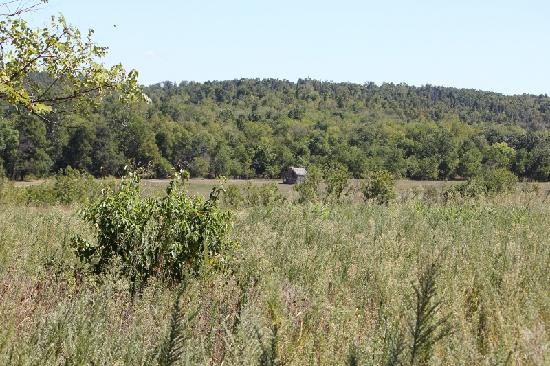
Painting of Gen. Lyon's death.
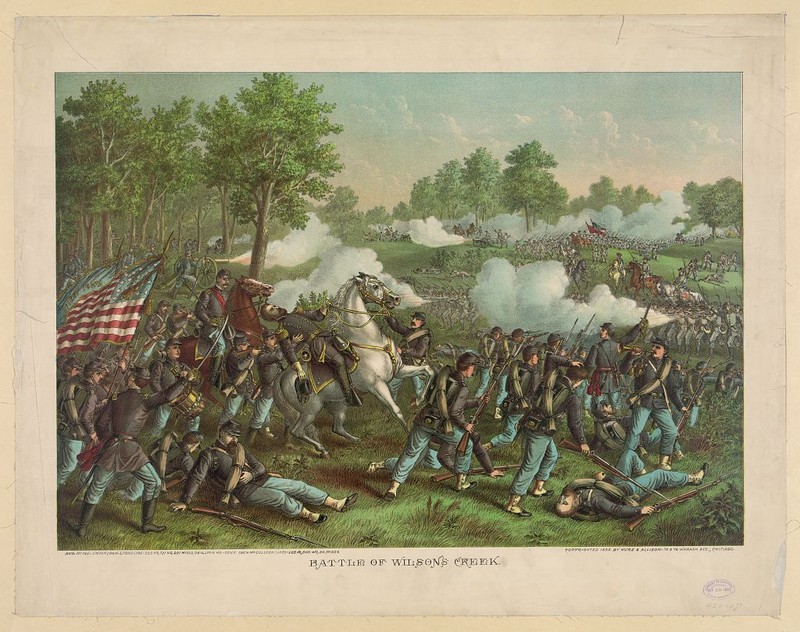
Approximate location of Gen. Lyon's death.
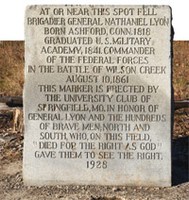
Union troops returned after the battle for several years marking the spot where Gen. Lyon fell.
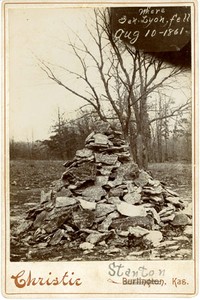
Mass burial sink hole
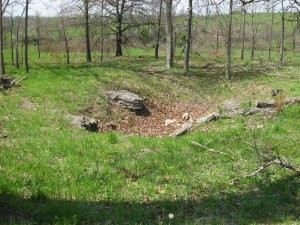
Wilson's Creek visitor map
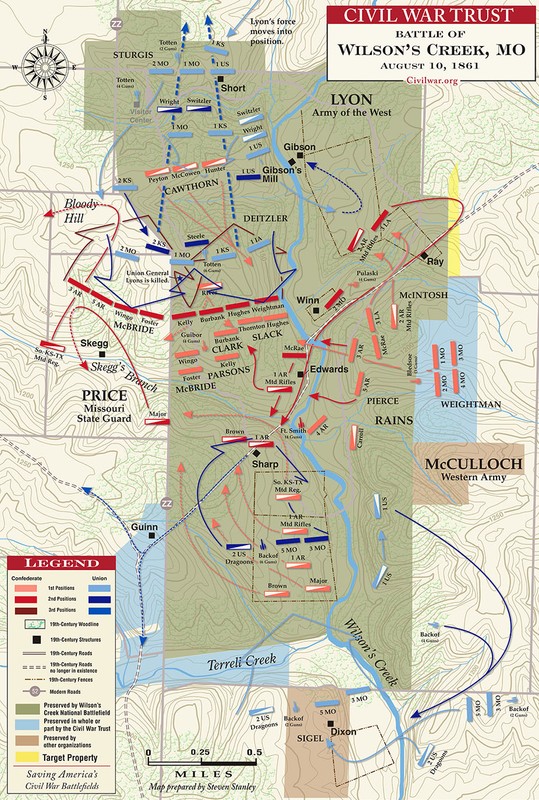
Ray House, farm site of Ray family next to Telegraph road, and where Gen. Lyon's body was taken after battle, and where hospital for wounded was established
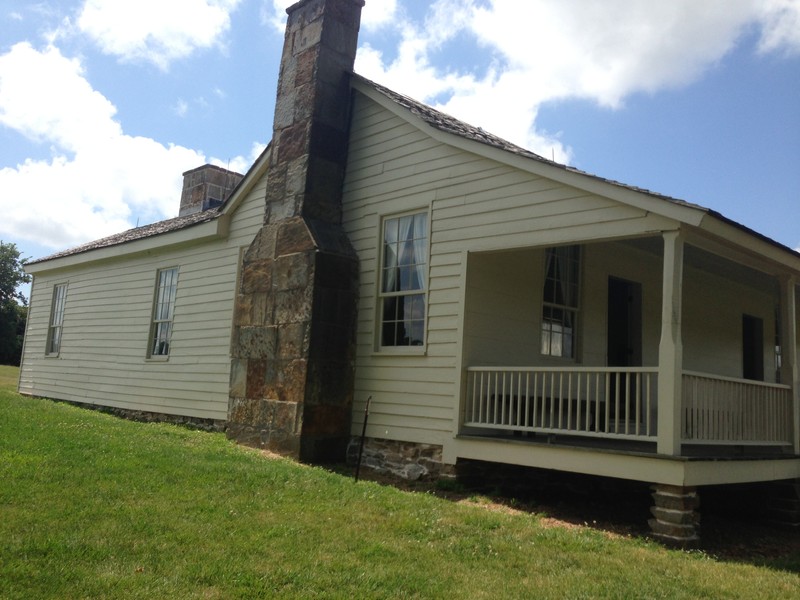
Ray Cornfield where troops traveled through in early morning hours of Aug. 10, 1861
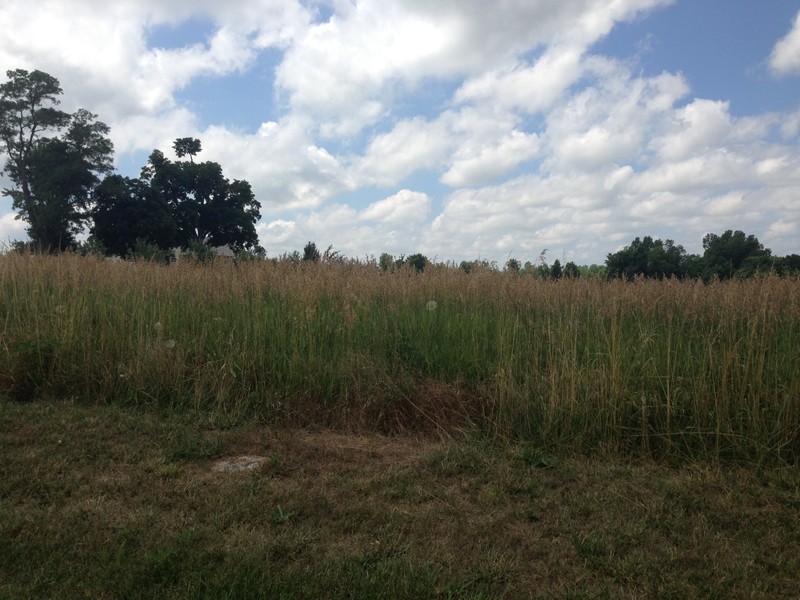
Marker outside of the Ray family house describing the events of the battle.

Edward Williams cabin southeast from Bloody Hill. Originally, the cabin was three miles south from it's location today, but the original cabin that stood in it's place was destroyed in the battle. Both cabins were built by Edward Williams and were the first two buildings on the property

Remnants of the original trade road off of the Ray House

The view from the Ray porch that overlooked Bloody Hill (During the 1860s, the forest had not yet grown to the size it is now)

Inside the Ray house

Inside the Ray house, the barred off staircase allows the public to see into the cellar in which the Ray family hid in during the famous battle

The Ray springhouse, where the girls were warned about the battle by a soldier on horseback.

The Edward Williams cabin, acted as Price HQ during the battle

A sign right above where the battle of Bloody Hill took place


Backstory and Context
Text-to-speech Audio
Twelve years before the Battle of Wilson's Creek began, John Ray emigrated from Tennessee to Missouri. Arriving in Missouri as a widower with one daughter, Elizabeth, John Ray met and married his second wife, Roxanna, and with her came her four children. In 1851, Mr. Ray purchased the William Steele estate, which included the Steele house as well as two slaves. (“Community and Conflict " Archive " State of Missouri vs. William Steele – 1863.” Community and Conflict RSS). In the years leading up to the battle, Mr. Ray and Roxanna had seven more children. In the same year he bought the land, Mr. Ray began construction of what would soon be one of the most integral pieces of the Wilsons Creek Battle.
It's the summer of 1861 in Missouri. The newly elected Governor, Claiborne Fox Jackson, decided to change his stance on secession and pull Missouri out of the Union following other southern slave holding states. Having hailed from Little Dixie in Saline County around Arrow Rock, and being an ardent defender of slavery, Jackson felt Missouri should support and defend the South against federal troops. Many Missourians were against secession and supported staying in the Union. A state convention was held with pro-Union voters to not secede. Jackson was determined for Missouri to leave the Union and tried to gain support in Jefferson City. Jackson openly rejected President Lincoln’s call for volunteers on April 23, 1861, and contacted Confederate President Jefferson Davis to pledge Missouri’s support to the southern cause.
Gov. Jackson developed a plan to call the state militia together, mustering around 1,000 men at Lindell’s Grove in St. Louis. The militia encampment would be called Camp Jackson. The militia under the command of General Frost and Gov. Jackson had plans to raid the federal arsenal at St. Louis and attempt to cripple the Union forces in St. Louis. Union Capt. Nathaniel Lyon thought the militia gathering was suspicious, and it is rumored that he wore a dress to the camp to disguise himself and gather intelligence. He figured out that the militia were secessionists and were arming themselves. He shipped many of the arsenal weapons across the river to Illinois. On May 10, 1861, Capt. Lyon and approximately 6,000 federal troops and volunteers surrounded Camp Jackson, taking the militia men prisoner. The federal troops marched the prisoners back to the arsenal when riots broke out and troops fired into crowds, killing several civilians, 3 prisoners, and 2 federal troops. This would be called the Camp Jackson Affair.
Capt. Lyon’s actions caught the eye of President Lincoln, and he was promoted to Brig. Gen. and commander of the Dept of the West. After the Camp Jackson Affair, Gov. Jackson, Gen. Sterling Price (Missouri State Guard), Francis P. Blair (Prominent St. Louis Politician), and newly promoted Brig. Gen. Lyon met on June 11th, 1861, at the Planter House Hotel in St. Louis to negotiate Missouri’s status as a state in rebellion or to remain in the Union. Negotiations broke down, and the fiery Brig. Gen. Lyon famously said. “I would see you, and you, and you, and you, [pointing to each man in the room] and every man, woman, and child in the State dead and buried. This means war. In an hour, one of my officers will call for you and conduct you out of my lines.”
Gov. Price left the meeting and immediately called for 50,000 Missouri volunteers to defend the state. Jackson and Price took a train to Jefferson City and ordered the burning of railroad bridges and telegraph lines along the way. Price told other State Guard leaders to assemble their units and prepare to fight. Jackson orders the evacuation of Jefferson City. Gen. Lyon chases Jackson out of Jefferson City, taking the city and holding it for the remainder of the war. With Gov. Jackson in exile, the state convention appointed Hamilton R. Gamble Provisional Governor.
Gen. Lyon’s intentions were clear. He was going to keep Missouri in the Union at all costs. He had battles at Carthage and Boonville on a smaller scale. Both Union and Confederate forces headed south towards Springfield. By the time the battle moved to the Rays’ property, the farm had grown to 420 acres (with a value of $6,000). Within the farm were many fields of crops, including corn, wheat, oats, Irish potatoes, and hay. The Ray house was built facing “Bloody Hill” (North-Northwest). An important decision that John made, one that would expose the house to the wind, providing the Rays with comfort during the hot summers of Southwest Missouri. It is believed that the back room of the house was built first, presumably from the remnants of the Steele home that was standing on the ground when it was purchased by the Rays in 1851 (“The Ray House.” National Parks Service). The springhouse, opposite the house, was designed to preserve and cool milk, cream, and butter, as well as store fruits and vegetables. A spring run-off of Wilson’s Creek flowed into the springhouse, offering John, his wife, and his twelve children drinking water.
Early on the morning of August 10th, 1861, while three of the Ray children were out herding horses in the valley near their springhouse, a soldier on horseback rode to them frantically alerting them that “there’s going to be fighting like hell in less than ten minutes.”. Following this warning, the three children ran home to alert their parents. Roxanna took her children, their slave “Aunt” Rhoda, and her children, along with their hired-hand Julius Short, to their cellar. John Ray sat from his front deck and watched as the ensuing battle took place in his cornfield between the U.S. Regulars and the Arkansas and Louisiana troops. The Union had camped in town and planned a surprise attack on the Confederate forces that outnumbered them by over 2 to 1, with around 12,100 Confederates (7,170 Missouri State Guard) under Brig. Gen. Ben McCulloch to 5,400 Union under Brig. Gen. Nathaniel Lyon.
Initially, the Union forces pushed the Confederates off Wilson’s Creek and back past the Ray House and took the high ground at what would be called “Bloody Hill”. Union Col. Franz Sigel, a German immigrant, paused his assault at Skeeg’s Branch. Confederate Gen. McCulloch reorganized Confederate units, the 3rd Louisiana and part of the Missouri State Guard, to counterattack Col. Sigel. Col. Sigel and his men thought the 1st Iowa Infantry was coming up to assist. They did not know that it was the 3rd Louisiana because both units at this time wore gray uniforms, as there were no standard blue or gray uniforms this early in the war. The 3rd Louisiana got right up on Sigel’s men before they realized they were Confederates, and they were driven off the battlefield, losing 4 cannons.
Confederate forces reorganized and attacked the “Bloody Hill” three times, with each side suffering significant casualties. During the fight for “Bloody Hill,” Lyon was wounded twice and had his horse shot out from under him. He attempted a final charge to rally his troops but was mortally wounded. With Gen. Lyon out of the fight, Union forces became disoriented and were forced to retreat to Springfield. While it was a victory for the Confederates, they did not pursue the Union troops, letting them reorganize. Gen. Lyon would be the first Union general to be killed during the Civil War. Following the brutal battle on “Bloody Hill”, the South promptly raised a yellow flag (recognized immediately on the battlefield as a symbol of a field hospital), and the soldiers ceased fire. John Ray, who had eventually departed from his stance on the deck and joined his family in the cellar, was the first to understand that the battle was over following the silence. Thankfully, the house had not been hit by cannon or musket, despite the ground shaking, ear-shattering sounds that split every few minutes.
When the family emerged from their position in the cellar, they found their house had been turned into a hospital. The women and children immediately and heroically sprang into action, tending to the injured alongside medical personnel. The children made many trips to their springhouse, a journey that would soon become exhausting in the heat. Brig. Gen. Lyon’s body was unknowingly left on the battlefield and removed to the Ray House. Lyon’s body was then taken to Springfield to be returned to Union forces and eventually went to his family in Connecticut. Roxanna had supplied a sheet of some sort (oftentimes debated between a counterpane or a bedspread) to cover the body.
After the battle, the Confederate forces were in disagreement on plans, and Gen. McCulloch, an Arkansas native, chose to head back into Arkansas and let the Missouri State Guard handle the actions in Missouri. The victory proved costly, but it motivated Gen. Price to try and control the entire state and kick Union forces out. Gen. Price moved north to fight at Lexington on September 20, 1861. With early victories in the state, Price felt that Missouri State Guard forces could hold the state till Confederate regulars could help. In early 1862, Price and the Missouri State Guard would be effectively kicked out of Missouri and forced to go to Arkansas, where Union forces would catch them at the Battle of Pea Ridge. The Union achieved victory, ending Price’s dreams of controlling Missouri until his famous raid in 1864
While none of the Ray family were injured or killed due to the battle, most of the family’s livestock and crops were destroyed or scavenged by hungry soldiers. John Ray died in 1875, and soon after, Roxanna followed in 1876 (“The Ray House.” National Parks Service). The descendants of the Ray family continue to live in the area, even to this day. The last descendant to own the Ray house, Bessie McElhaney, sold the house to the National Park Service in the 1960s. (“Community and Conflict " Archive " State of Missouri vs. William Steele – 1863.” Community and Conflict RSS). Both the Ray house and the Ray Springhouse are the only surviving period structures that are still standing from the battle. Incredibly so, the furniture and appliances are all available for the public to see, both in the house itself, as well as in the Wilson’s Creek National Battlefield Museum that sits on the entrance to the property.
Sources
Piston, William Garret & Richard W Hatcher III. Wilson's Creek: The Second Battle of the Civil War and the Men Who Fought It. Chapel Hill, NC, University of North Carolina Press, 2000.
"Wilson's Creek National Battlefield Missouri: The Ray House." National Park Service. Accessed April 19, 2025. nps.gov/wicr/learn/historyculture/the-ray-house.htm.
"State of Missouri Vs. William Steele - 1863." Community and Conflict: The Impact of the Civil War in the Ozarks. Accessed April 22, 2025. ozarkscivilwar.org/archives/3401.
